
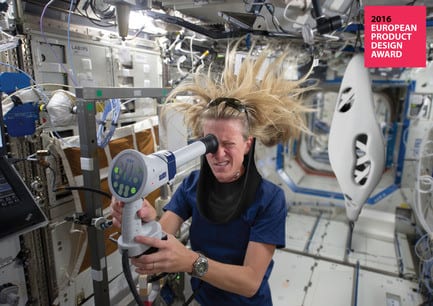
Immersive Focus
Lequay Paul, Słowik Iga, Naval Claudia
Improve astronaut’ well being on their way to Mars
Kjellerup, Denmark, 2017-06-06 –
As the impending travels to Mars come closer, variety of problems emerge and become critical to solve. This project explores the daily life of future astronauts during their way to, from and/or their stay on Mars. With longer space travels and extreme environments, it becomes critical to alleviate astronauts from the stressful conditions and fight the harmful settings. Immersive Focus searches to improve the overall well-being of astronauts and solve the present and future health issues.
Project overview
To alleviate astronauts, prevent health issues and create a more relaxed environment for them, this set includes two complementary designs tackling both the disturbing and harmful noises of the spacecraft, just as the response to the need to be cut off physically and psychologically from the surrounding.
Firstly, the noise cancelling device is an individual gear that eliminates disturbing environmental noises but allows normal conversations and interactions with other crew members.
Secondly, to cut off the astronaut and help them to relieve the stress, the individual cocoon accommodates the astronauts into comfortable positions beneficial to their physical health. Moreover, the feeling of being grounded creates a retreat surrounding enabling to feel physically rested, a recurring problem in the International Space Station (ISS) today. It also addresses their psychological well-being by facilitating the reconnection to their loved-ones while they feel relaxed.
Problem statement
Astronauts are often perceived as level-headed people who keep calm in distressful situations. That is why they are chosen for these missions. Nevertheless, astronauts remain regular humans. Additionally, the environment in which they live during their travel to and stay on Mars, is stressful and taxing, even for people who are trained to live in extreme conditions and are able to manage their emotions.
In the space, some of the physical consequences of prolonged stay in microgravity and exposure to constant radiation are closely studied and followed.
Nevertheless, some other harmful settings can affect astronauts physically and psychologically, such as the constant and disturbing noises of the engines and ventilators that can produce irreparable damages to the human body. If heard for long periods of time, engine noises, isolation and zero gravity effects, can evolve into problems such as insomnia and disruptive sleeping, anxiety, miscommunication, frustration, annoyance, performance decline, hearing impairment, lung damage, cardiovascular effects or endocrine effects and several muscular and skeletal problems.
As these issues are generally forgotten and ignored, it becomes crucial to tackle the side effects and alleviate the astronauts from the stressful environment.
Noise cancelling device
The noise cancelling device is an individual gear that cancels disturbing environmental noises, but allows normal conversations and interactions with other crew members. The comfortable scarf device discreetly allows a more focused and relaxed atmosphere with only a simple touch of a button.
A simple upwards motion flips the collar and allows speakers of the scarf device to be placed upon the ears. The sounds that it releases are called frequency spectrum noises or Brownian Noises and help to eliminate background noises without impairing any hearing. Those noises can be activated by brushing the sensor to choose between white, pink or brown noise.
The white noise helps you to concentrate, focus and enhances productivity. The pink noise is soothing and allows profound concentration. The brown noise helps with deep sleep and quiet focused reading.
When the collar is down, it discreetly functions as an inflatable neck pillow that allows support and rest to the neck area. Moreover, due to the zero gravity conditions, every object floats. Hence, to keep the scarf device tight to the neck, the tube shape and magnetic clips maintain it on the cervical area. In addition to that, several front easy to adjust clips allow to wear the device tight and loose.
To comply with the imperative rules followed in the design of the objects and clothes used in space, the noise cancelling device requires to be highly absorbent, easily washable and fireproof. Therefore, the main material used in the outer, washable layer is a polyester textile from Under Armour that has high score in breathability, stretch, wicking, flexibility, drying time and absorbency. As well as elastane for particularly stretchable parts.
(Those materials are already used by Nasa for the storage bags, equipments, etc.)
Inner parts include the electronics (speakers, microchip, sd reader, tactile buttons, battery and wiring), air filled polyethylene pockets for sound amplification and “surround sound” sensation, and polyester fiber for acoustic control, so that other people close to you do not notice that you are listening to Brownian noise.
Cocoon
There are other psychological effects that add to the hardship of being in space, such as the visual messiness and confined space the astronauts cannot escape from, having the same people around you during a very long period of time, being away from the people you love; and not having a physical space of intimacy and self- awareness.
The cocoon answers this need of disconnection and creates a space to cut off from the visual messiness and the technological surrounding, but it also counteracts the lack of landmarks and stability.
By blocking out all the visual disturbances surrounding the astronaut, this secure space is an effective relief as they are starting to miss home, feeling stressed or simply want to get away for a while.
Its benefits start with the structure that constraints and relocates the body into the correct and ergonomic position thanks to its inflatable setup. It procures a sensation of being “grounded” which is ultimately a physiological and a physical relief.
Furthermore, astronauts suffer from perceivable body changes because of the zero gravity environment. Limbs float independent of the rest of the body and fetal or crouched positions constrain muscles. That is why having constrains with the flexible strips can benefit immensely in allowing many different and stable postures requiring no effort: those strips also allows breathability of the structure and avoid the situation when the lack of air circulation (zero-gravity effect) affects the astronaut during this resting moment.
Concerned by the psychological well-being, the cocoon has been designed to cope with the noise cancelling device to allow astronaut listening messages from their family during this experience.
Nevertheless, today all messages from family members must be recorded at the NASA headquarters with little privacy.
With the application of the cocoon, the designers want to improve this system by letting friends and family record their warming messages in the privacy of their home and through NASA administration, these messages will be sent and stored in the noise cancelling device. Then, while relaxing, the astronaut is able to replay these messages in the privacy of the cocoon which creates a unique experience as these messages can be played and responded in a private and safe environment.
About the designers
Paul Lequay is an industrial designer interested in human centred design which tackles issues that are generally not enough addressed by the design world. His main goal is to create designs for needy areas with a special focus on the designer’s ethics and the need to engage the users in the design process in order to develop meaningful products and experiences. Mainly focused on the healthcare field, Paul tries to shake up the lines to create new experiences of care thanks to the human centre approach and the evolution of the healthcare practices. He is also very interested in the social innovation field, sustainability as well as smart devices.
Iga Slowik is an industrial designer with a wide range of interests. She has a passion for design with an interdisciplinary approach that solves problems in different fields. She has experience in product design, service design and social innovation and is a laureate of competitions such as Roca Jump the Gap, Terma Design Awards and European Product Design Awards.
Motivated, adaptable and aiming to work on multidisciplinary projects, Claudia Naval has worked in the fields of furniture and industrial projects, on subjects such as well-being, environmental conscience and Food Design. She studied at Elisava School of Design and Engineering in Barcelona, Rhode Island School of Design in Providence and got her Master’s degree in Industrial Design at Designskolen Kolding in Denmark. She has been awarded Gold in the European Product Design awards 2016 and is featured in the Behance product collection. She has collaborated with NASA twice as well as several collaborations with studios in Denmark and the Netherlands.
– 30 –
- Lequay Paul, Słowik Iga, Naval Claudia
- Lequay Paul
- [email protected]
- +45 91 94 11 12

Paul Lequay, Iga Słowik, Claudia Naval

Paul Lequay, Iga Słowik, Claudia Naval

Paul Lequay, Iga Słowik, Claudia Naval
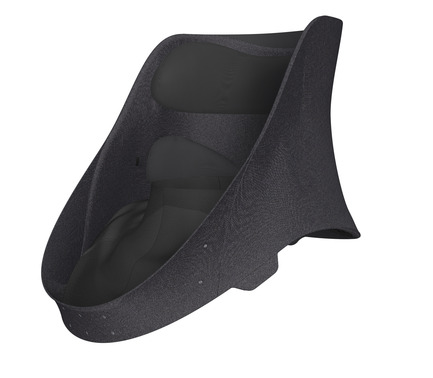
Paul Lequay, Iga Słowik, Claudia Naval
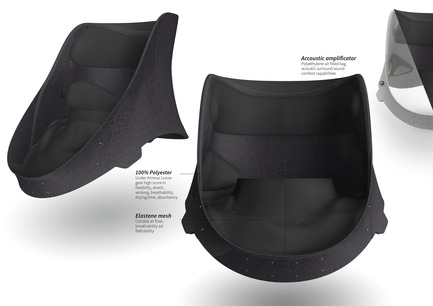
Paul Lequay, Iga Słowik, Claudia Naval

Paul Lequay, Iga Słowik, Claudia Naval

Paul Lequay, Iga Słowik, Claudia Naval

Paul Lequay, Iga Słowik, Claudia Naval
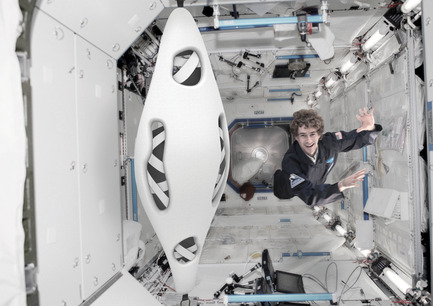
Paul Lequay, Iga Słowik, Claudia Naval
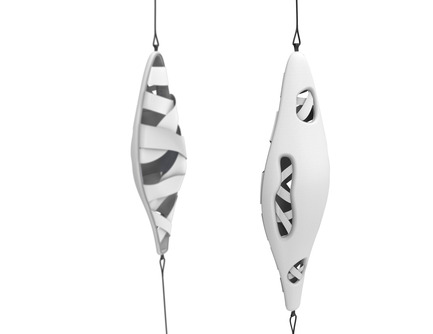
Paul Lequay, Iga Słowik, Claudia Naval
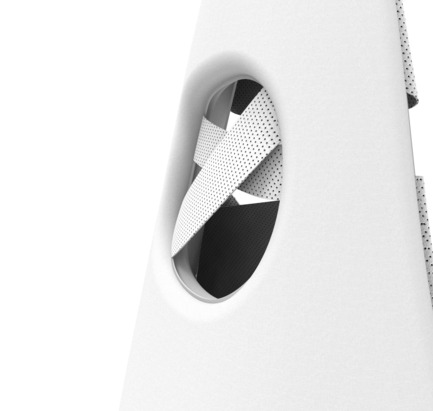
Paul Lequay, Iga Słowik, Claudia Naval

Paul Lequay, Iga Słowik, Claudia Naval
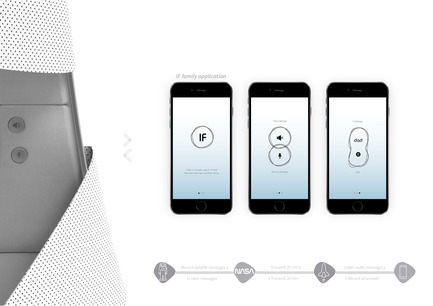
Paul Lequay, Iga Słowik, Claudia Naval



